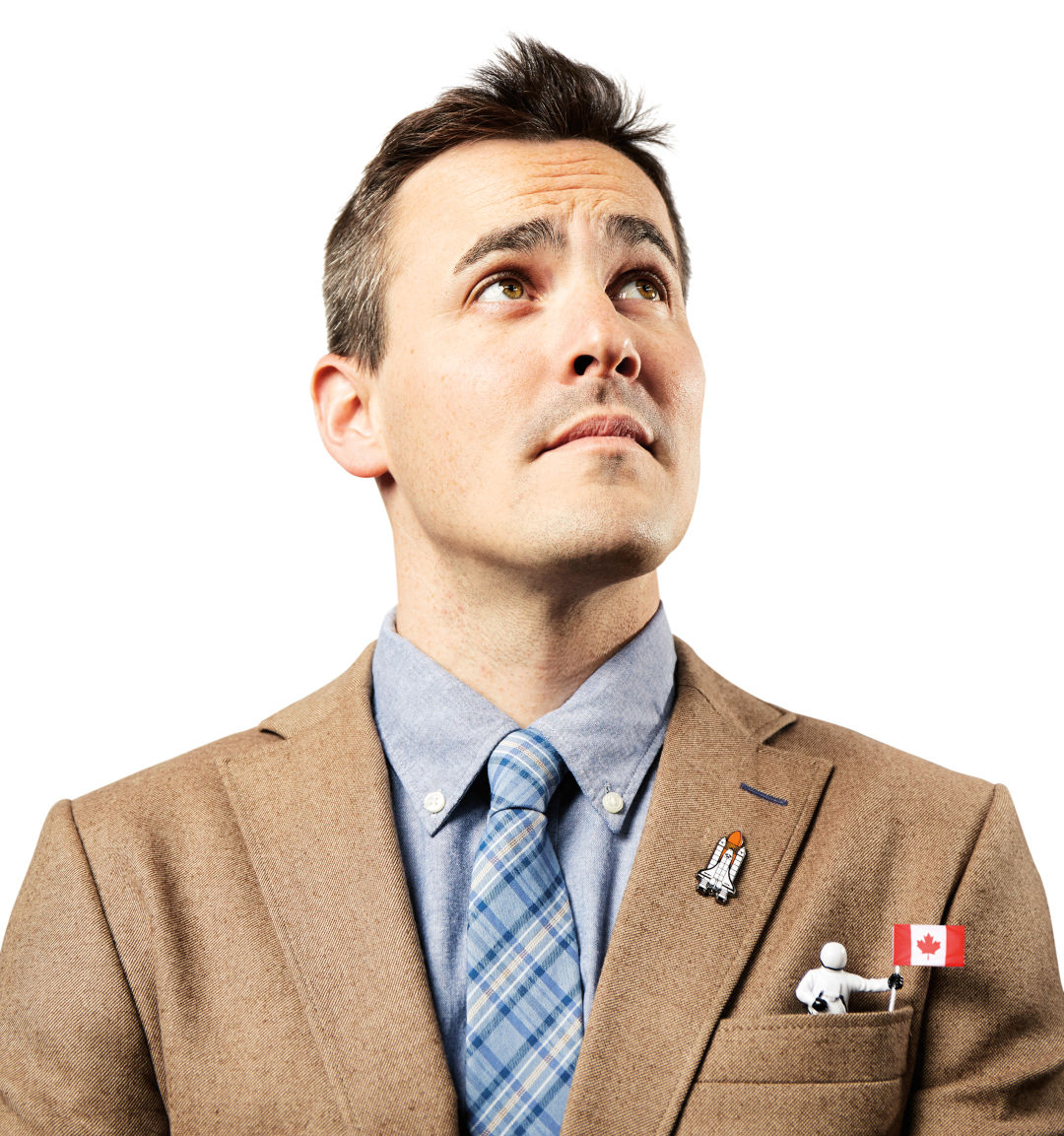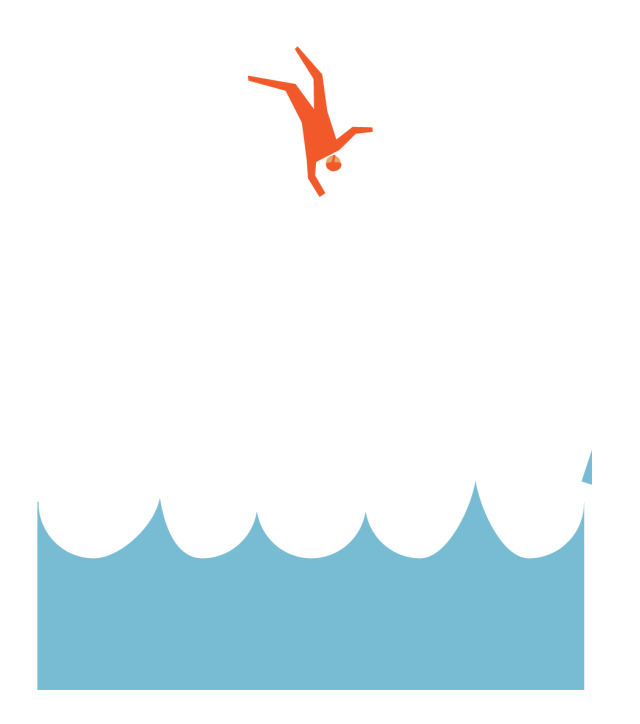This Portlander Could Become Canada's Next Astronaut

“Space exploration is not incompatible with poverty alleviation,” says Evan Thomas.
Image: Nicolle Clemetson
Canadians in space? You bet.
Since 1989, the Canadian Space Agency has aided in space science, piggybacking onto NASA space shuttles and more recently on Russia’s Soyuz rocket. Just last year, the CSA helped launch a Canadian-built laser on a seven-year mission to asteroid Bennu (which could hit Earth in the late 2100s), the nation’s first effort to bring an asteroid sample back to Earth.
Now, the CSA is adding two new astronauts to its team. Among the finalists for the job is one Portlander with a dream.
Last June, Evan Thomas, an associate professor in mechanical engineering and public health at Portland State University, joined nearly 4,000 applicants in CSA’s Astronaut Recruitment Campaign. The call included a few requirements—Canadian citizenship; a university education in science, engineering, or medicine; excellent health; and skills in exercising good judgment, resourcefulness, and teamwork. Over the past year, Thomas has navigated a rigorous selection process divided into four evaluation rounds. The first whittled the candidates to 72, the second to 32, and the third, this spring, to just 17.
“Being an astronaut always seemed like a very noble and exciting job,” says the Montreal native, 34. “Not only are you on an adventure, you’re on an adventure that helps a lot of people. My ambition has always been to have an impact.”
Thomas spent six years as an aerospace engineer for NASA before coming to Portland in 2010; his research at PSU has focused primarily on down-to-earth topics. He’s tackled health and infrastructure projects in 15 developing countries, including one that provides clean cookstoves and water filters to 1.6 million people in Rwanda. If selected, Thomas wants to bridge his two passions.
“Space exploration is not incompatible with poverty alleviation,” Thomas explains. “If by some miracle I get the job, I hope I’d be able to continue to do some of the work I do globally. Through the development of sustainable life support systems that can operate for long periods of time on the Moon or Mars, we can address similar challenges in remote areas in the world.”
His competition is stiff, ranging from fighter pilots to astrophysicists, and the tests are demanding. One test Thomas recalls with some pain: “The Dunker,” in which he was strapped in a helicopter simulator and plunged into a completely dark wave pool, flipped upside down, and told to escape on his own.
“You’re completely underwater, holding your breath, totally disoriented,” he recalls. “It’s intimidating.”
The CSA’s two winners will be announced on July 1. If Thomas becomes one of them, he will spend the next two years training in Houston, conducting research, and preparing for assignment to a space mission—a waiting game that can take a decade. (One of the two astronauts selected in the CSA’s last such competition, in 2009, is currently preparing for his first launch, in November 2018.) While Thomas waits for the July decision, he is staying grounded ... and Canadian.
“They’re all incredible people,” he says of his 16 remaining rivals. “Even though we’re sort of competing, we’re really working together as a team. Everyone has become friends. I think we’re all going to be happy for whoever gets the job.”
The Right Stuff
Preparing for the harsh realities of space, CSA candidates must show an ability to adapt and find creative solutions under extreme pressure. Here are a few of the tests Thomas completed. (Don’t try them at home.)

Image: Amy Martin
Escape Simulation
Step 1 Wearing a dry suit and helicopter helmet, jump off of a 24-foot platform into a wave pool.
Step 2 Complete a grueling obstacle course.
Step 3 Swim amid churning waves, simulated thunder, lightning, and rain to board a raft to safety.

Image: Amy Martin
The Dunker
Step 1 Get strapped inside a mock helicopter cockpit (a.k.a. the dunker).
Step 2 Crash into a 20-foot-deep pool.
Step 3 Hold your breath, and try to escape the cockpit as it capsizes and fills with water.

Image: Amy Martin
Fire Control Test
Step 1 Arm yourself with a hose, an extinguisher, a gas mask, and fire gear.
Step 2 Work with a team to battle a fire.
Step 3 Though it may be unbearably hot, don’t lose your cool.

Image: Amy Martin
Flood Control Test
Step 1 Enter a room full of walls and pipes gushing frigid water.
Step 2 With a team, try to stop the place from flooding.
Step 3 Ignore the waist-deep water sending hypothermic chills throughout your body, and work together to find a creative solution.




